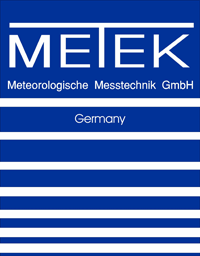Doppler Cloud RADAR MIRA | X-Band Cloud Radar MIRA-10
The pulsed X- and Ka-band cloud radar systems MIRA-10 and MIRA-35 (formely named MIRA-36) are unique in performance and durability and deliver a calibrated Doppler spectrum of cloud droplets in up to 1024 height steps for a vertical range up to 15 km at a finest time resolution of 20 Hz (no coherent averaging). The wide dynamic range and the very high system sensitivity allow a tomography of cloud structures even in thin ice layer. Several antenna sizes can be installed stationary or in a trailer as mobile platforms. A comprehensive overview of cloud radar theory and worldwide installations can be found at Wikipedia. Many of our customers allow us to make their operational measurements publicly available as graphs here under “Quicklook Images”.
Details
MIRA-10 is a vertically pointing X-band radar specifically designed for the collection of high-quality radar Doppler spectra and moments of liquid and frozen hydrometeors. It uses a solid state amplifier for transmitting and operates either in pulse mode or in pulse compression mode. These modes can be chosen by the user depending on the required sensitivity, range resolution and lowest useable range gate.
In pulse mode it transmits pulses with a pulse length from 100 to 400 ns corresponding to a range resolution of 15 to 60 m. In pulse compression mode MIRA-10 transmits longer frequency modulated pulses. As the peak transmitting power is limited for the solid state amplifier used in the transmitter and the pulse repetition rate (PRF) is limited for preventing second trip echoes the average transmitting power and with it the sensitivity can only be increased by increasing the pulse length. By modulating the transmitted signal and correlating the receiving signal with the transmitted chirp, a higher sensitivity is achieved while the range resolution is retained. For generating the frequency modulated transmitting pulse MIRA-10 uses a Direct Digital Synthesizer (DDS).
Main Specifications:
- Peak transmitting power: 800 W
- Maximum average power: 40 W
- Number of range gates: 800
- Transmitting frequency range: 9.2 … 9.6 GHz
- Antenna diameter: 2.4 m
See more MIRA Cloud Radar On-Line Data Server


